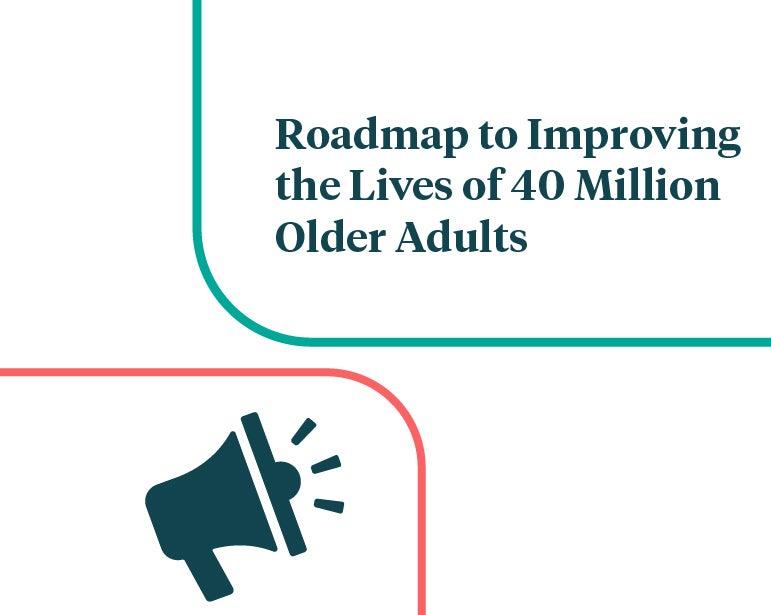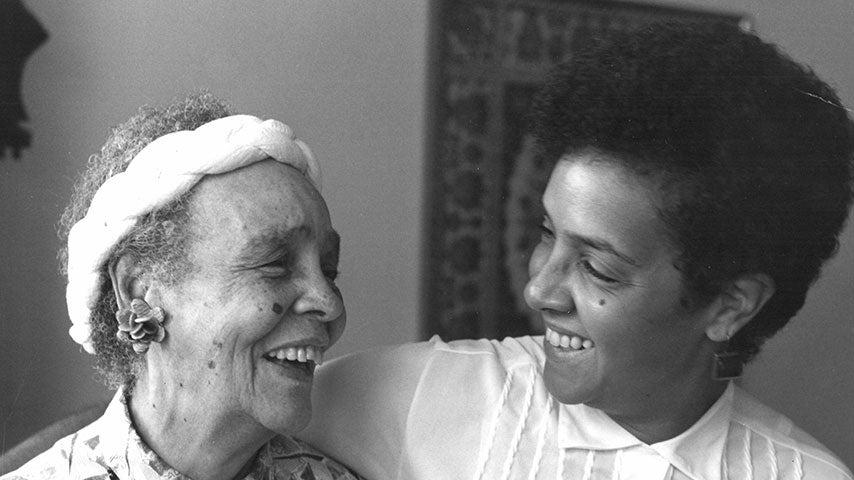Our Public Policy Positions

Since 1950, NCOA has successfully built bridges for change to ensure health and economic well-being for generations of older adults. NCOA was the first national voice for older adults, and our vision is a just and caring society in which each of us, as we age, lives with dignity, purpose, and security.
NCOA’s Public Policy Positions are grounded in the belief that on-the-ground service informs advocacy. They shine a light on and amplify the voices of those who are struggling.
Join our movement
With a rapidly aging population, the time is now to shift the paradigm and generate a national dialogue to ensure our public policies reflect and respond to the real challenges of aging in America. Our Public Policy Positions serves as a roadmap for our policy and advocacy efforts. Below you'll find our three main positions and what is needed for Congress and the Adminstration to take action on behalf of older adults.
1. Access to benefits
NCOA has made considerable progress toward ensuring all older adults have access to core benefits programs by expanding eligibility, simplifying and coordinating benefits, improving outreach and enrollment, and adjusting benefit levels to meet the health and economic needs of today’s older adults. However, much work remains. Low-income older adults continue to be at risk of premature death or having their life savings wiped out by a single unexpected expense or costly illness.
To address this, Congress and the administration must:
- Improve access to key benefits programs, particularly those under Medicare, the Supplemental Nutrition Assistance Program (SNAP), and the Supplemental Security Income (SSI) program
- Better align the Medicare low-income assistance programs to address major gaps in coverage
- Increase and make permanent funding for benefits outreach and enrollment
- Eliminate unduly restrictive asset tests that penalize older adults who have managed to save a small nest egg
- Address SNAP benefit adequacy and under-enrollment among older adults
- Modernize SSI by eliminating outdated and unfair eligibility barriers
2. Health and independence
Older adults must have access to quality health care services that meet their needs, including affordable home and community-based services (HCBS); dental, hearing, and vision care; mental health services; and family caregiver supports. Many of these services can reduce or delay expensive hospital or nursing home admissions.
To address this, Congress and the administration must:
- Put Medicaid HCBS on equal footing with institutional services
- Eliminate HCBS waiting lists
- Address the growing direct care workforce crisis
- Modernize Medicare benefits by strengthening mental health care and improving coverage for hearing, dental, and vision services that are unaffordable for many in need
- Provide additional assistance to family caregivers, such as tax credits and paid medical leave
- Invest in proven, community-based healthy aging programs to help older adults maintain their independence
- Improve access to health promotion and disease prevention services
3. Income security and workforce supports
Income security is critical over a person’s lifetime. Women retire with fewer savings and live longer than men, as they have earned less and often have left the workforce due to caregiving. To achieve financial stability, many older adults must work beyond their anticipated retirement or return to work. Yet age discrimination is pervasive, creating barriers to employment and training assistance.
To address this, Congress and the administration must:
- Promote retirement savings among lower and middle-income workers
- Permanently extend the Earned Income Tax Credit to older workers
- Focus greater federal attention on addressing the challenges and opportunities of an aging workforce
- Restore age discrimination in employment protections
- Increase investments in job training and placement, including the Senior Community Service Employment Program (SCSEP)
Member of the press?
If you have a question or would like to speak to aging expert, please contact us at press@ncoa.org.
75 Years of Impact
From the spark of a movement to growing toward the future, NCOA's work to ensure we all can age with health and financial security is rooted in a rich history. This 75th anniversary timeline shows some highlights.

What does aging mean to you?
Aging is something we all do—and every journey is unique. Whether you’re discovering new passions, navigating challenges, or finding joy in everyday moments, your story can inspire others and help reshape the way people think about getting older. We’d love to hear from you.

